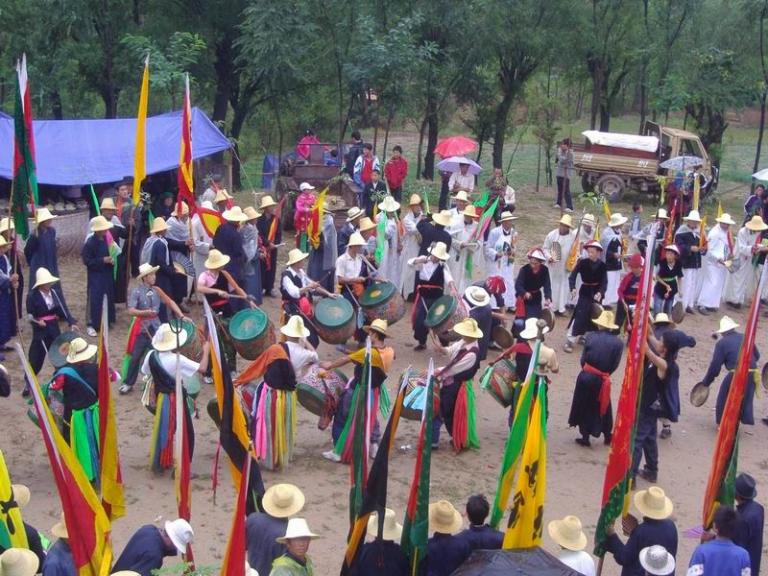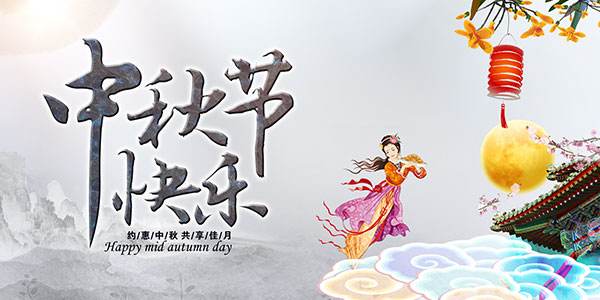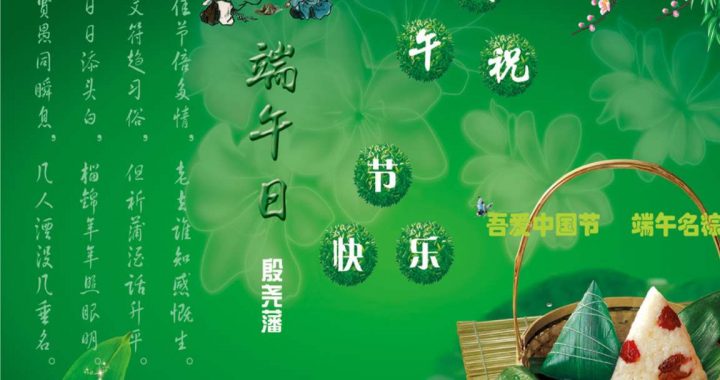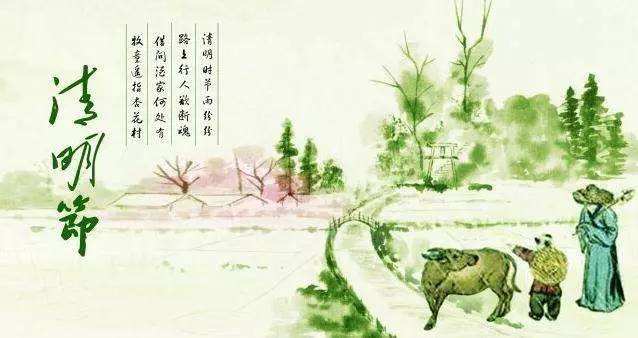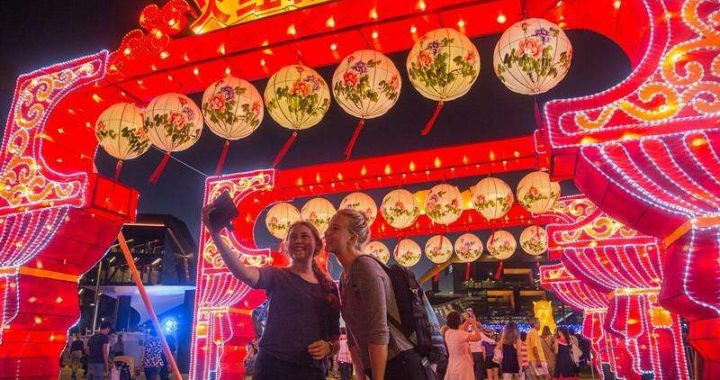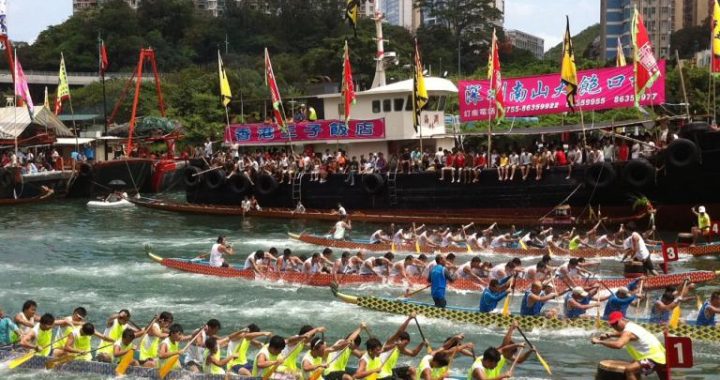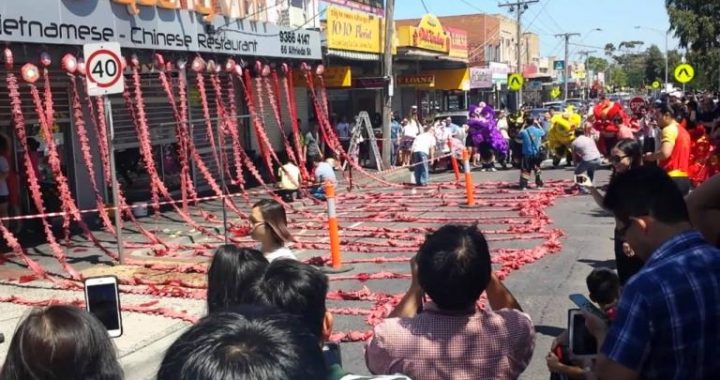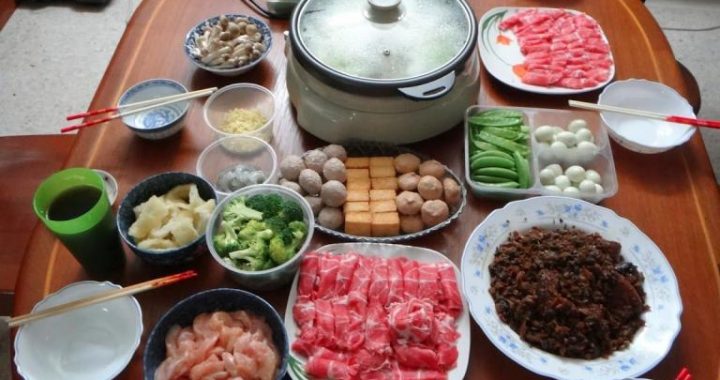Nadun Festival in China
6 min readLocality is a ma jor characteristic of festivals. Though people use the same names forsome festivals, actually there are all kinds of differences. Another phenomenon is that though the time of festival celebration is the same, different regions might celebrate two completely different festivals. In other words, only through observation in specific contexts of space and time can we understand the significance of festivals to a regional society in greater depth. The Nadun Festival is such a regional society’s festival.
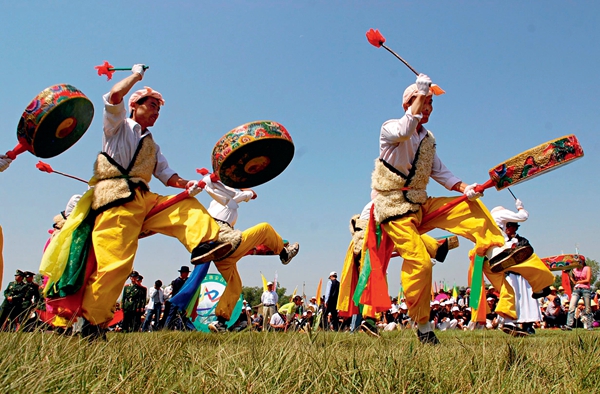
The Nadun Festival is organized mainly by Tu villages in Three-river Area,Minhe County,Qinghai Province to offer sacrifices to gods,pray for blessings and celebrate harvests.Three-river Area is located to the north of the Yellow River in the east of Qinghai Province,surrounded by mountains on three sides and facing the river on one side.It is named after the Qian River,the Dama jia River and the Xing River in the area.Three-river Area has more than 300 natural villages,Tu people constitute the ma jority of the population,and Han,Tibetan,Hui and other people constitute the minority.Opinions vary as to the historical origin of the Tu people,but it can be ascertained that Tu ancestors were associated with ancient Tuyuhun people to some extent.In the late Yuan Dynasty and early Ming Dynasty,the Tu people gradually became a stable ethnic community.Tu,Han and Tibetan people in Three-river Area carry out frequent exchange and live together,so apart from Tu language,they all speak Chinese.Their religious beliefs also show the trend of diversification.Tibetan Buddhism,shamanism and Chinese folk beliefs coexist harmoniously in the Tu people’s spiritual life.It was in such a natural and cultural environment that the Nadun Festival emerged.
Nadun is a word of Tu language,meaning”playing,having fun and joking.”As a festival name,it also has the meanings of”temple fairs”and”carnival activities celebrating harvests.”The Nadun Festival lasts from the 12th day of the 7th lunar month to the 15th day of the 91h lunar month every year.In more than two month,celebrations for the Nadun Festival begin in various Tu villages in Three-river Area successively from the lower river to the middle river and at last to the upper river,forming a solemn and orderly festive sequence.Belief in Erlang God and offering of sacrifices are important aspects of the Nadun Festival.In local people’s thought,Erlang God is the highest god and the god of allgods in Three-river Area,now enshrined in Zhujia Village near the middle river.During the Nadun Festival,the statue of Erlang God is carried to most villages celebrating the festival in a parade.The general procedure is:one day before celebration of the Nadun Festival,a village takes Erlang God in the temple of Zhujia Village to the venue of the Nadun Festival in the village,and Erlang God and the god of the village are worshipped and offered sacrifices by people together.After the Nadun Festival ends the next day,another village takes it away.To maintain the extraordinary power of Erlang God and various village gods,Tu villages also change god statues’internal organs regularly according to conventions.
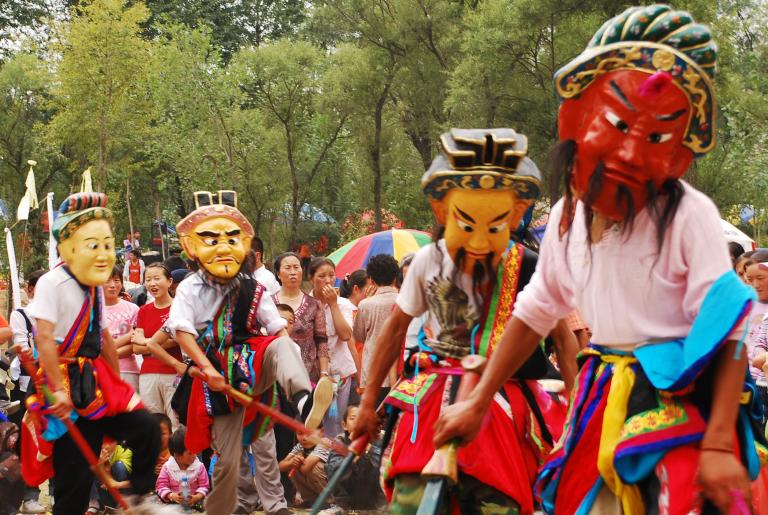
The venue of the Nadun Festival is fixed, usually near the village temple. Erlang God and the village god are enshrined in a tent for gods already set up in the venue. The small-scale meeting is held on the first day, and villagers spontaneously come to the venue to offer sacrifices, make vows and redeem vows. The official meeting is held on the second day. The ceremonies held during the official meeting include the Huishou dance, the mask dance and Fala’s dispatch of gods. The Huishou dance is completed by the home team(the team of the village) and the guest team (the team from the neighboring village having come to celebrate). When the guest team arrives, the home team welcomes it. During the dance, they form various formations, sing good news, read eulogies, etc. Then the mask dance isperformed. The connotations of the mask dance are quite profound -for example, Farmers is a story about how an old man taught his son to till land, and Three Generals, Five Generals and King Guan eulogize Lord Guan. Fala’s dispatch of gods is performed after the end of the mask dance, Fala is deemed as a medium between gods and man by the Tu people, similar to Han sorcerers. Fala’s dispatch of gods is letting gods possess people, conveying gods’ orders and accepting the money and grain offered by people with a strong shamanistic color. After Fala’s dispatch of gods, the festival is about to end. This is thebasic ceremony procedure of the Nadun Festival, but there are many differences in details among various villages.
A multitude of things need to be done in fundraising for the Nadun Festival, venue arrangement and various ceremonies such as the Huishou dance and the mask dance, and there needs to be a complete organizational system to push them forward normally. The Nadun Festival is a festive activity organized by people spontaneously, and its organization and management are also completed through nongovernmental mechanisms.
Several organizers are recommended by every village celebrating the Nadun Festival to take charge of and arrange various activities. Different villages have different names fororganizers. In some villages, the person in charge is called “Shuipai”and others are called “Shuitou;”in some villages, the person in charge is called”Zong jia”and other assistants are called”Xiaojie.”No matter how they are called, these organizers are not only organizers of the Nadun Festival, but also folk managers of production activities and other religious activities in the village and sometimes arbitrators of disputes among people. The profound significance of the Nadun Festival is that it allows people to see a well functioning nongovernmental management mechanism. In today’s modern society, organization of an activity mobilizes a lot of manpower and material resources and involves many links, but in comparison, the Nadun Festival celebrated by many participants is organized orderly by these nongovernmental personnel, so it deserves to be studied and drawn on more.
Without regard to the issue of religion, this is a festival closely associated with agricultural production and regional society only in view of the time and contents of the Nadun Festival. The sequence of celebrations of the festival near the lower river, the middle river and the upper river correspond to Three-river Area’s natural and geographicalconditions and the time when crops ripen-the upper river’s altitude is the highest, and the lower river’s altitude is the lowest. After the grain harvest, people offer sacrifices to gods, thank gods and entertain gods as a matter of course. The mask dance Farmers dramatically demonstrates the scene of farming, and also educates people in production.
Besides, many customs of the Nadun Festival have the color of ancient military life.
The Huishou dance is like a military formation drill, and mask dances such as ThreeGenerals, Five Generals and King Guan manifest the valiancy of military officers. In legends about the Nadun Festival’s origin, there are relevant sayings. It is said that in the early Yuan Dynasty, the Mongolian army used to rest and reorganize near Three-river Area.
At the time of departure, some people did not hear the order and were left behind. Later, these people stayed in Three-river Area, opened up and tilled wasteland, and gradually forgot the military skills and martial arts they practiced before. Thus, the Nadun Festival was gradually established as an entertainment activity. Though this saying cannot be verified through textual research, it should be said that this is related to the memory of Tu people in Three-river Area about migration to this place and stationing of troops for opening up wasteland and defending the frontier.
The Nadun Festival always focuses on the theme of offering sacrifices to gods, praying for blessings and celebrating harvests, so relatives and friends get together happily as a matter of course. On the day when the official meeting of the Nadun Festival is held, people go to the village celebrating the festival early, visit relatives and friends, and share the joy of the festival together. In this process, close harmonious relationships between man and gods, among people and among villages are established, and the society is inspiredas a result. At present, whenever the Nadun Festival falls, businessmen rush from surrounding areas. It has almost become a material exchange meeting of two months, so the festival’s economic functions are also strengthened constantly.
To sum up, the Nadun Festival allows people to see a plain force of folk beliefs,a simple but efficient organizational system,a festival chain of more than two months anda festival region with tens of thousands of participants. This shows how important this festival is to the region’s politics, economy and society.
